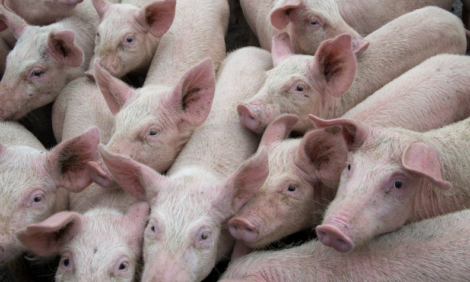



Ways to Deactivate Pathogens in Swine Transport Vehicles
CANADA - A Graduate Student with the University of Saskatchewan says Thermal Assisted Drying and Decontamination is proving to be effective in deactivating pathogens in swine transport trailers but it requires some fine tuning, Bruce Cochrane writes.As part of research being conducted on behalf of Swine Innovation Porc aimed at developing an automated system for cleaning and disinfecting swine transport trailers scientists assessing the value of Thermal Assisted Drying and Decontamination.
Hans Deason, a Graduate Student in Mechanical Engineering with the University of Saskatchewan, explains the goal of Thermal Assisted Drying and Decontamination, or TADD, is to use heat to raise the interior surfaces of livestock transport trailers to high enough temperatures for a specified amounts of time sufficient to deactivate dangerous pathogens.
Hans Deason-University of Saskatchewan
The target temperatures, the jury is still really out on that.
Right now it seems that 75 degrees Celsius for 15 minutes might be sufficient to kill even the most hardy pathogens out there.
In terms of what types of pathogens we're dealing with, it's assorted bacteria and assorted viruses.
Right now it seems like the most hardy and difficult to kill pathogen by means of heat is PEDv.
One of the key challenges is to just make sure you get the entire surface of these trailers to the target temperature for the correct amount of time.
It might sound easier than it actually is.
But, when you're dealing with a 53 foot livestock transport trailer, there's a lot of thermal mass there that you actually need to be able to heat up.
Ultimately these systems, they comprise of a forced hot air that flows throughout the transport trailer so just being able to make sure this air reaches all of the areas you're trying to heat is definitely a challenge.
Mr Deason says there is some fine tuning required to determine the most efficient combination of time and temperature to heat these trailers to.
He notes a higher temperatures will require less time to deactivate pathogens but higher temperatures require higher amounts of energy.







